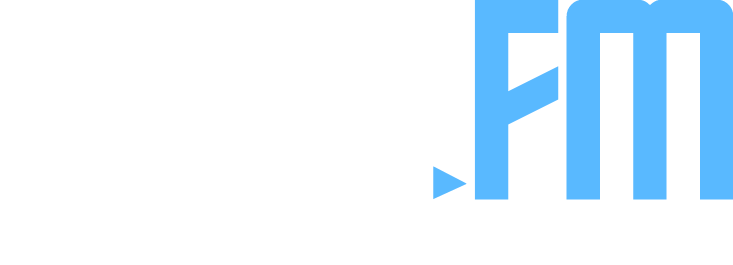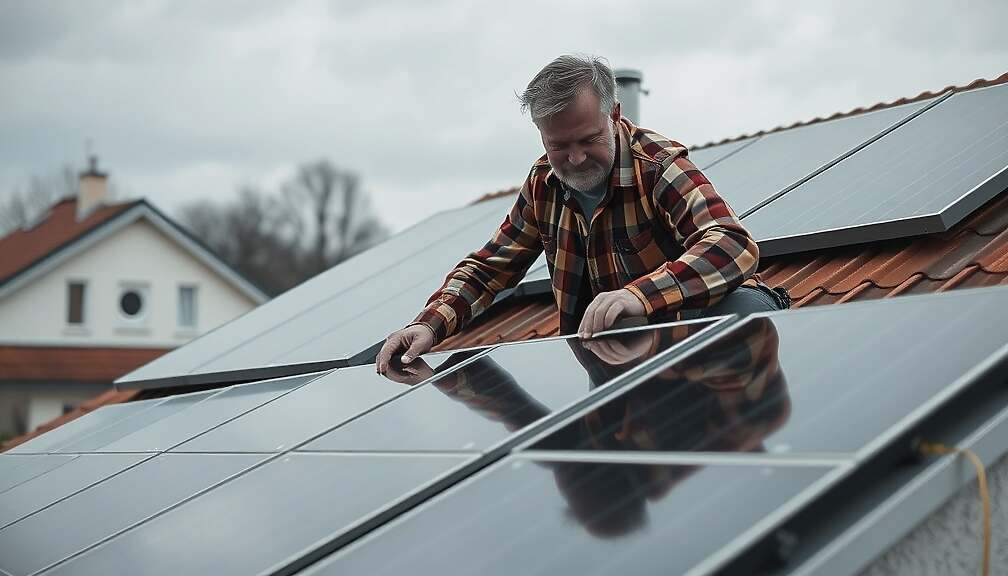Data released this week indicate a significant slowdown in the installation of rooftop solar panels on residential properties across Germany. Figures from the Federal Network Agency reveal that new private photovoltaic systems, with a combined capacity of 647 megawatts, were connected to the grid during the first half of the year. This represents a 55% decrease compared to the same period last year, although final figures may be adjusted pending registrations for June. The analysis focuses on standard homeowner installations, typically ranging from 3 to 10 kilowatts in output.
The German Solar Crafts Association (BDSH) attributes this downturn to the tempering of the boom experienced following the energy price crisis of 2022. With electricity prices having subsided, the demand for residential solar installations has demonstrably cooled. Contributing to this shift is a February legislative change that eliminated compensation for electricity fed into the grid during periods of surplus supply.
Despite these altered conditions, private solar installations retain the potential for financial benefits. Calculations by Solarwatt, a Dresden-based provider, suggest that a family of four could cover approximately 80% of their annual electricity needs with a 10-kilowatt solar system and battery storage. Under typical market prices, this could translate to savings of around €1,400 annually.












